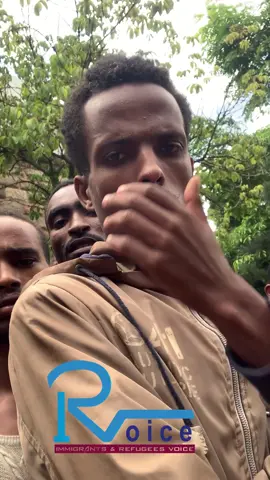P
Region: ID
Tuesday 11 June 2024 16:18:30 GMT
363882
77072
373
11661
Music
Download
Comments
🏳️ :
but die tkkn faham :) he just know that he want to be a princess too
2024-06-23 02:51:09
0
q :
how i wish , he knew what i felt :)
2024-06-23 10:15:04
0
Liaa`ㅤ4Ever :
pacaran sama yang deket gitu,seru ga sih?☹️soalnya aku virtual trs jier😞
2024-06-21 23:07:12
26
duabelasmaret :
terima kasih untuk tidak menyerah, mari saling mengusahakan dan membahagiakan yaa❤️🍅
2024-06-21 17:27:44
58
sa🦋 ݁˖:.𖥔 ݁ ˖ :
nangis banget pengen bgt ngomng ini ke diaa🥺
2024-06-21 04:42:31
65
ʕ´•ᴥ•`ʔ :
"calon suami" aamiin
2024-06-23 14:08:34
17
almufidaa_🌱 :
nangis banget 😭😭😭
2024-06-20 23:02:59
17
𝖗𝖎𝖓𝖉𝖆𝖆𝖆💥 :
@k:'calon suami' aamiin, walaupun gatau kedepannya, but I always pray that you are my soulmate
2024-06-22 22:55:07
5
Raa :
mau tag orangnya
2024-06-22 03:03:14
2
v. :
tolong tag pacar aku😭😭
2024-06-22 18:30:52
2
rvlna :
nanti aku repost kalo udah nemu orangnya
2024-06-22 16:34:40
2
yudis :
seng ngandeng sopo
2024-06-12 12:18:05
1
Dwi rina :
Bener bener rindu banget sama dia,dulu selalu sama sama dia,manjakuuu selalu di ratukan,bener bener ngerasa di cintai,andai bener bener bisa di ulang,tapi semuanya Cuman andai doang:)
2024-06-27 10:16:44
1
Titoanoronaldo :
tapi ternyata aku tidak cukup baik untukmu😩
2024-06-22 23:41:52
1
byel shop :
lagi feeling lonely😭
2024-06-22 00:03:01
1
𝓱𝓪𝓷𝓲 :
🥹💐
2024-06-26 23:59:48
0
🌸🌼 :
Duluu akuu juga punya kak,tapii sekarang dia tinggalin aku,dan sekarang aku sendirian kk🥺
2024-06-26 22:45:40
0
ptrsn :
nangis bgt , pengen punya abang😭
2024-06-25 14:25:04
0
🌻pacarnya.ubay🤍 :
sekeras kepala apapun aku, ttp butuh rasa sabarnya dia🥺
2024-06-25 09:59:58
0
Berlian Simaremare28 :
sekuat apapun aku diluarrr sana, cowoku ada sandaran terbaikkuu
2024-06-24 06:53:23
0
lylnda123 :
trimakasih!!
2024-06-24 03:24:15
0
🐝🌈 :
@duabelasmaret:terima kasih untuk tidak menyerah, mari saling mengusahakan dan membahagiakan yaa❤️🍅
2024-06-24 00:04:43
0
- :
Mba beruntung bgt
2024-06-23 21:07:52
0
444🥂 :
:) ♡
2024-06-23 16:49:09
0
To see more videos from user @putrik.r, please go to the Tikwm
homepage.





